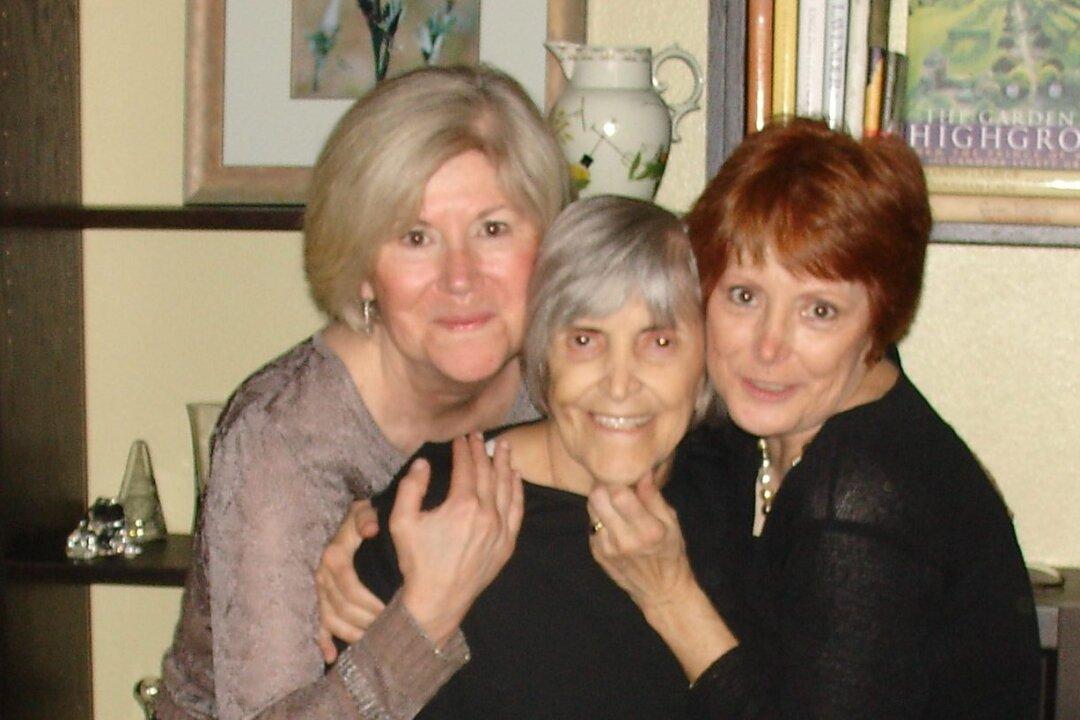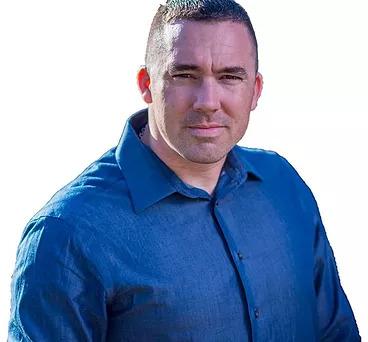Watching a loved one experience any type of mental decline is gut-wrenching for everyone in the family, and trying to care for someone with dementia can be physically and emotionally taxing on the family caregiver. But one woman in southern California is striving to make the process a little bit easier on everyone.
Kae Hammond’s mother Shirley was diagnosed with a “mild cognitive impairment” in the summer of 1992.






